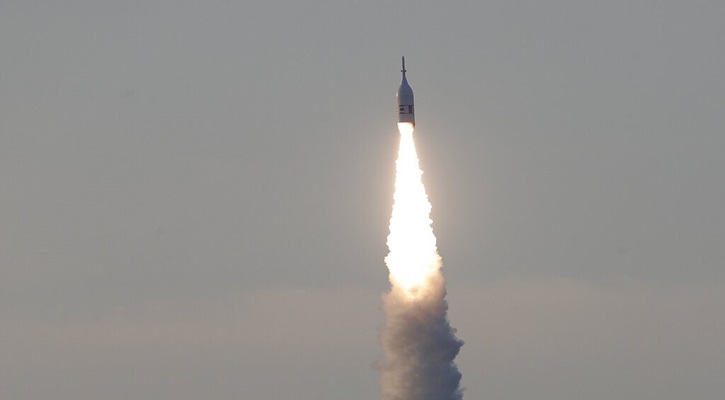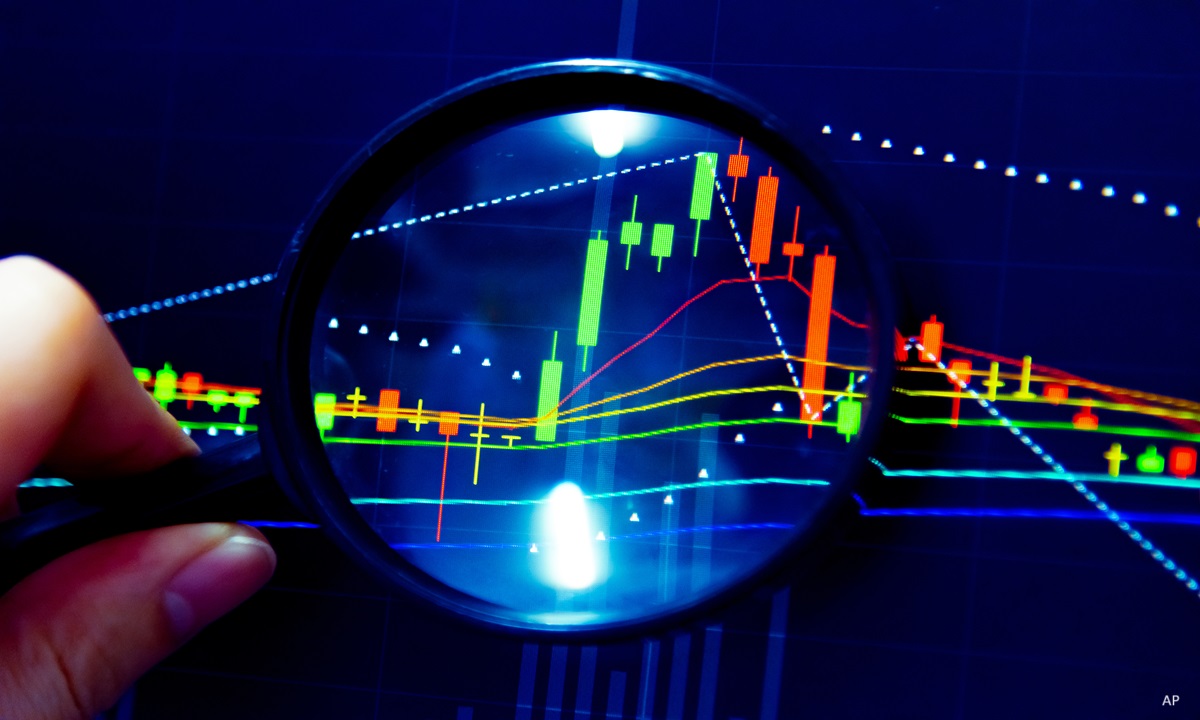This fund provides exposure to many of the largest publicly-traded companies in the developed world. It is best employed as a core building block for investors that want to get a large chunk of their equity exposure within one fund, rather than taking a more granular approach to building a geographically-balanced equity portfolio. An important thing to keep in mind, however, is that although the underlying MSCI World Index has very broad geographical scope, its exposure is all from developed markets. This fund should ideally be paired with some form of emerging markets exposure for a more balanced mix. In the last 10 years the MSCI World and the MSCI Emerging Markets Index have shown a correlation to one another of 83
%, although over the last five years the correlation has crept up to 88%. As this fund does not distribute dividends from the underlying companies, it may not suit an investor looking for regular income.
More than three years after the nadir of the global financial crisis, the world is still reeling from its effects. Unlike scores of prior crises, this one was truly global in nature, dragging markets down in unison. Through the subsequent recovery, however, there has been a bifurcation between debt-burdened, sluggish developed countries, and their less leveraged emerging market peers that are in many cases still showing healthy growth. To combat the worldwide economic slowdown and subsequent sovereign debt crisis in Europe, central banks throughout the developed world have been enacting a series of extremely accommodative monetary policy actions, from lowering short term interest rates to near zero, to “quantitative easing” bond purchases, and long term refinancing operations. Central bankers have been coordinated in signalling that they will go to great lengths to ensure ample liquidity in the system. This has led to what some view as a “Bernanke Put”, whereby monetary action can be relied on to come to the rescue of stock investors when markets falter. But fiscal policy has not been doing its part. Governments around the developed world have swung aggressively into austerity mode through efforts to reduce their spending. In the near term this will likely be a significant drag on economic growth. The combination of government and consumer deleveraging has been taking its toll on aggregate demand, which is adding to the ranks of the unemployed, which weighs further on demand, in a vicious cycle. On the positive side, corporations are enjoying unusually healthy profit margins, have lots of cash on hand, and in many cases can borrow funds quite cheaply. But for corporations in the U.S., a report by FactSet estimates that after 11 consecutive quarters of earnings growth, the S&P 500 will swing into negative territory in the third quarter of 2012. The U.S. has continued to show lacklustre progress towards economic recovery. The unemployment rate, while down from its highs, is still stubbornly lofty at 8.2%, and a portion of the decline seems due to some workers giving up on their job search and therefore falling out of the official calculation. Initial estimates show the economy grew at an annualised pace of just 1.5% in the second quarter of 2012, and the housing market has been in a protracted funk thanks to an overhang of foreclosures. Historically, spending by the U.S. consumer has been a key driver of growth domestically and around the globe, importing a host of finished goods from China and other growing markets. But after the implosion of the residential housing bubble, recession followed by a largely jobless recovery, and reluctance of banks to make loans, the average household doesn’t have the spending clout it once did. A potential catalyst for global stocks would be a tactical asset shift away from bonds, which increasingly resemble a one-way bet as interest rates have nowhere to go but up. Over the past 10 years, the MSCI World Index has produced an annualised gain of 4.74%, vastly inferior to the 13.56% tally for the MSCI Emerging Markets Index. The price-to-earnings ratio of the MSCI World was 12.8 at the end of July, compared to an average of 14.7 since 2004, and a low of 8.4 in February 2009.
Indexkonstruktion
The MSCI World Index is a free-float market capitalisation-weighted index covering 24 developed countries all over the world. It currently has 1,626 mid- and large-cap constituents and covers approximately 84% of the total free float of the component markets. The index is reviewed quarterly, with size cut-offs recalculated semi-annually. The universe is initially screened for liquidity, as measured by the value and frequency of trading. The median constituent has a market capitalisation of $6.2 billion. The index is heavily tilted towards the U.S., whose weighting of 54.3% at the end of June was more than five times larger than the next highest representatives, the United Kingdom and Japan, with respective weights of 9.5% and 8.9%. On a sector basis the index is broadly diversified. The top weight is Financials, which made up 18.6% of the total at the end of June, followed by Information Technology at 12.6%. Industrials, Energy, Consumer Discretionary, Consumer Staples, and Healthcare all had weights between 10.5% and 11.1%. There is very little portfolio concentration, with just 11.0% of the index within its top 10 names.
Fondskonstruktion
The fund employs synthetic replication to provide exposure to the underlying benchmark, entering an unfunded swap with counterparty Commerzbank AG. The fund uses investors’ cash to buy a basket of securities, which is then used as collateral in the swap. ComStage provides weekly disclosure on the substitute basket, which is made up of publicly-traded equities. The swap is reset on a quarterly basis. Beyond that, rather than resetting it when the counterparty owes money to the fund, ComStage requests that the counterparty post collateral. That collateral is adjusted daily to a level of 105% of the swap exposure. Under the terms of the swap, the counterparty agrees to provide the fund with exposure to the total return of the underlying index, net of any costs or fees associated with providing the exposure. The return from the swap assumes that all dividends paid by the underlying stocks are reinvested in the index. This fund does not pay out any dividend distributions. ComStage does engage in securities lending. Up to 100% of the substitute basket can be lent to Commerzbank for a fee which will be fully passed back to the fund, against which Commerzbank is required to post collateral at a minimum of 100% of the loan value. The fund is domiciled in Luxembourg and uses the U.S. dollar as its base currency. At the time of writing it had assets of approximately $400 million.
Gebühren
The fund has a total expense ratio (TER) of 0.40%, which is roughly in line with other funds offering similar exposure. Other costs potentially borne by the unitholder but not included in the TER include swap fees, bid-ask spreads on the ETF, securities lending fees, transaction costs on the infrequent occasions when the underlying index holdings change, and brokerage fees when buy and sell orders are placed for ETF shares.
Alternativen
For broad exposure to global developed markets there are plenty of choices out there. These include UBS-ETF MSCI World A, Source MSCI World ETF, Lyxor ETF MSCI World A, iShares MSCI World, HSBC MSCI World ETF, CS ETF (IE) on MSCI World, db x-trackers MSCI World, and Amundi ETF MSCI World. Of these, the largest is the iShares fund, with assets of $4.3 billion. The fund with the lowest TER is the HSBC fund, with a TER of 35 basis points.








.jpg)








